Chikungunya
What is Chikungunya?
Chikungunya is a viral disease transmitted to people via the bites of mosquitoes infected with the chikungunya virus. It was first defined during an attack in southern Tanzania in 1952 and has now been placed in nearly 40 countries in Africa, Asia, Europe, and, most recently, the Americas. Symptoms generally start 4 to 8 days after a mosquito bite but can occur anywhere from 2 to 12 days.
Signs and Symptoms of Chikungunya
The first sign of chikungunya will generally be a fever, followed by a rash. After the bite of an infected mosquito, the beginning of illness generally occurs 4 to 8 days after (but the criteria can be 2 to 12 days).
Symptoms involve:
- Sudden beginning of high fever (generally above 102 degrees F)
- Joint pains
- Headache
- Myalgia
- Arthritis
- Conjunctivitis
- Nausea
- Vomiting
- Maculopapular rash (described by a flat red-colored area on the skin covered with raised bumps)
- While the majority of humans infected with the virus will have symptoms, 3 to 28 percent of humans infected with chikungunya will stay asymptomatic, according to the Centers for Disease Control and Prevention.
Causes and Risk Factors of Chikungunya
- Chikungunya is a viral condition transmitted to people by infected mosquitoes. It is induced by the chikungunya virus (CHIKV).
- Infected humans cannot directly transfer the virus to another human. The disorder is spread when a mosquito feeds on a human with the virus spreading in its blood. The mosquito can choose up the virus and transfer it to another human through its bite.
- According to the CDC, no babies have been found to have been infected with the chikungunya virus via breastfeeding.
Chikungunya virus is most frequently transferred to humans by Aedes aegypti and Aedes albopictus mosquitoes. These are the exact mosquitoes that transfer the dengue virus. - CHIKV epidemics in Africa and Asia have been especially associated with the urban mosquito A. an Egyptian. But since an attack in Réunion in 2005, A. albopictus has been presented as a second major transmitter of CHIKV.
A. albopictus is more widely spread and can stay in temperate climates. This is uncommon A. an Egyptian, which lives especially in tropical and subtropical areas. - The proximity of mosquito breeding sites to people’s lives is an effective risk factor for chikungunya.
Differential Diagnosis
Chikungunya virus can show similar to other diseases because of its signs and symptoms of joint pain, fever, rash, headache, and nausea/vomiting.
- Dengue- Dengue is also a mosquito-contracted disease when symptoms arise fastly (4-7 days) just like the chikungunya virus. Dengue and chikungunya virus are frequently misdiagnosed. These two diseases have the same signs and symptoms but generally, dengue fever will show with enlarged lymph nodes, severe eye ache, mild bleeding of the nose and gums, and easy discoloring which chikungunya does not. Also chikungunya virus the ache is more severe and specific in the joints or junctions than in dengue.
- Zika Virus
- West Nile Virus- West Nile Virus is another mosquito-transmitted illness just like the chikungunya virus. Most humans infected will not appear any symptoms however the 20-30% who do will have a similar appearance. This involves body aches, headaches, vomiting, joint pain, diarrhea, or rash. Further laboratory testing can be completed to find the WNV-specific IgM antibodies.
- Alphavirus infections (Ross River, Mayaro Fever, Barmah Forest, Ross River, and Sindbis viruses)- These infections all have to determine symptoms of joint or junction ache along with a rash. Also, these viruses and spread via mosquitoes. It is very essential to look at all the signs and symptoms as well as the time period.
- Malaria
- Group A Streptococcus- Group A Streptococcus is transmitted via contact with infected droplets from a human’s cough or sneeze. This group involves strep throat, necrotizing fasciitis, and scarlet fever. Each of these has a few similar symptoms to the chikungunya virus but some are particular to each disease and the transmission is also various.
- Rubella- Rubella can be equal to the chikungunya virus in the symptoms of rash and fever. Rubella symptoms only generally last 2-3 days whereas the chikungunya virus is only a few days longer. Also, the spreading of the illness is various.
- Measles- One path to prevent getting measles is to get vaccinated specifically if touring around the world as it is still general in many countries. Some symptoms that do not align with chikungunya are watery eyes, a runny nose, and a cough.
- Enteroviruses- The crowd of enteroviruses can involve the illness epidemic pleurodynia, herpangina, hand-foot-and-mouth disorder, aseptic meningitis, poliomyelitis, and myopericarditis.
- Septic Arthritis
- Rheumatologic conditions- There are more than 100 various rheumatologic diseases each of which is special in its own presentation. Some general diseases involve:
- Osteoarthritis-OA
- Rheumatoid arthritis-RA
- Lupus
- Ankylosing spondylitis
- Sjogren’s syndrome
- It is general to have joint or junction ache, joint or junction swelling, and possibly fever with this disease just like the chikungunya virus.
- Leptospirosis
How Is Chikungunya Diagnosed?
If you have just returned from an area with a known virus spreading and are experiencing high fever and joint or junction ache, your doctor or physician might suggest a series of blood tests to detect the presence of the chikungunya virus or antibodies.
Various methods can be helpful for the diagnosis of chikungunya virus infection.
Serological tests, like enzyme-linked immunosorbent assays (ELISA), may verify the existence of IgM and IgG anti-chikungunya antibodies.
Chikungunya virus antibodies generally develop toward the end of the first week of sickness. IgM antibody levels are most elevated 3 to 5 weeks after the beginning of the illness and persist for about 2 months.
The virus may be directly seen in the blood during the first few days of infection as well. Specimens collected during the first week of illness are tested by both serological and virological processes.
Blood tests can also be seen for similar viruses such as dengue and Zika, which have equal symptoms.
Test results are generally available 4 to 14 days after a collection is obtained by the lab.
Treatment
Medication
- There is presently no vaccine to control or drugs to treat chikungunya.
- Rest, fluids, and over-the-counter pain drugs may decrease some symptoms.
- Take drugs like acetaminophen or paracetamol to decrease fever and ache.
- Do not eat aspirin and other non-steroidal anti-inflammatory drugs (NSAIDs) until dengue can be ruled out to decrease the risk of bleeding.
- If you have chikungunya, control mosquito bites for the first week of your sickness.
- During the first week of sickness, the chikungunya virus can be seen in the blood. The virus can be passed from an infected human to a mosquito via mosquito bites.
- An infected mosquito can then transmit the virus to other humans.
Physiotherapy Treatment
For fingers
You can do:
Make a fist and open it
bend your fingers
straighten your fingers
keep widening your fingers
gentle stretch fingers
Do it for both hands.
10 repetitions.
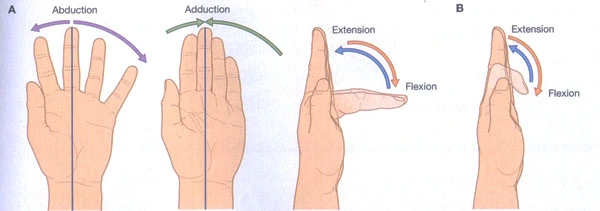
For wrist
You can do:
Forward bend your wrist
Backward bend your wrist
Side to side bend your wrist
Make a circle with your wrist and do it in opposite direction also
Gently wrist stretch in all directions
Do it for both hands
10 repetitions.
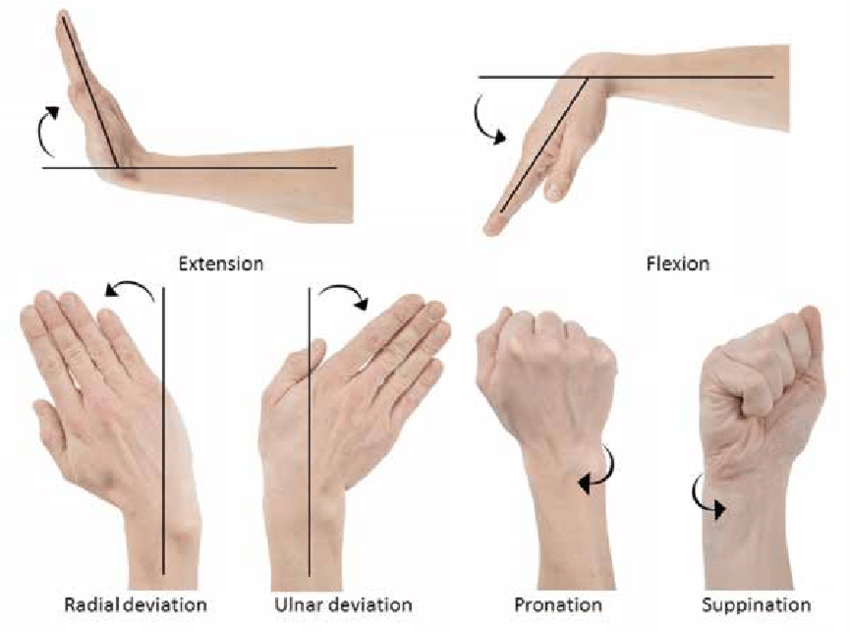
For elbow:
Bend your elbow
Straighten your elbow
Rotate your palm
Gentle elbow stretch in all directions
Do it for both hands
10 repetitions
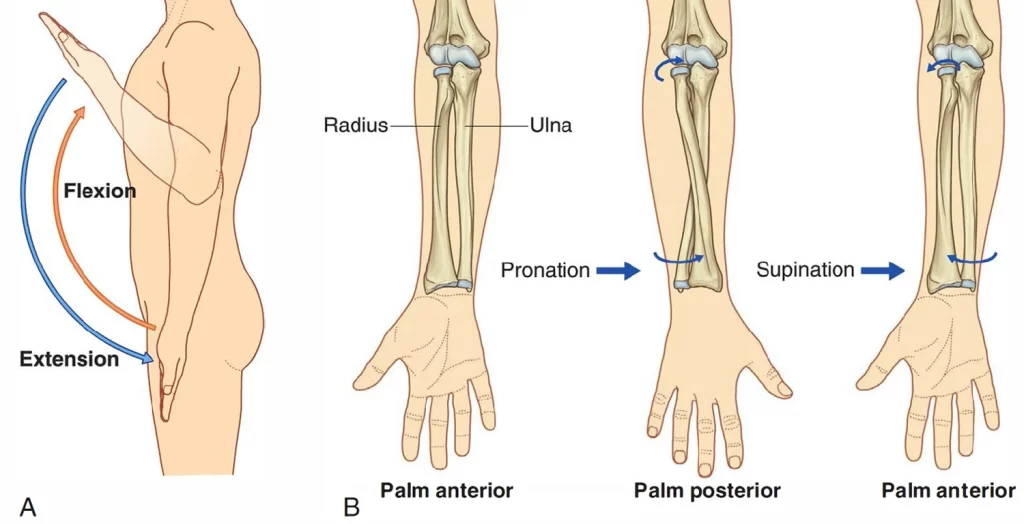
For shoulder:
Make a circle in the air with your hands
Raise your hand forward side
Raise your hand backward side
Raise your hand side up
Reach your hands cross to your body to the opposite hand
Do it for both hands
10 repetitions
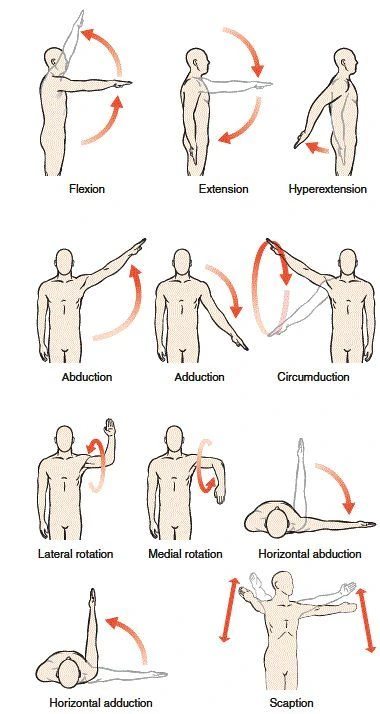
For toes:
Bend your toes
Extend your toes
Widen your toes
Do it for both sides
10 repetitions
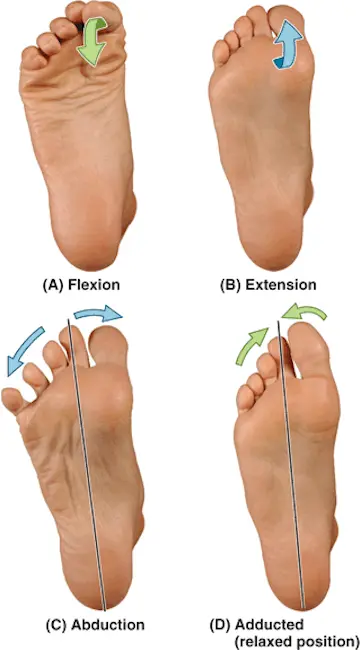
For ankle:
Make a circle and alphabet in the air with your ankle
Raise your foot upward
Keep your foot down
Turn your foot inside and outside
Clench your foot
Do it for both sides
10 repetitions
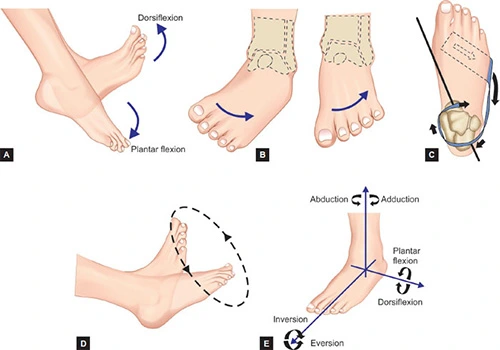
For knee:
Bend your knee
Straighten your knee
Do it for both sides
10 repetitions
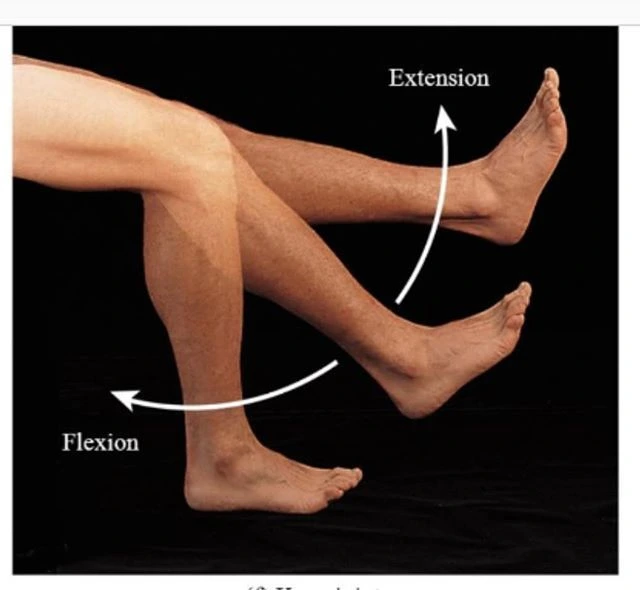
For hip:
Raise your leg upward
Raise your backward
Lift your leg from side to side
Do it for both sides
10 repetitions
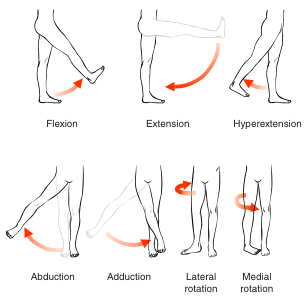
For back:
Forward bend
Backward bend
Side-to-side bend
Twist your spine
Do it 10 times
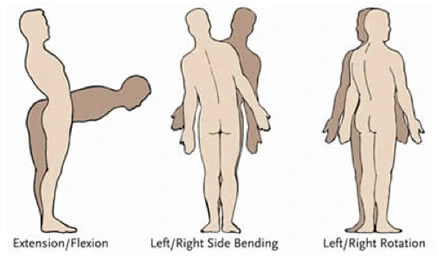
For neck:
Forward bend
Backward bend
Side-to-side bend
Rotate your neck
Move your neck in all directions
Do it 10 times
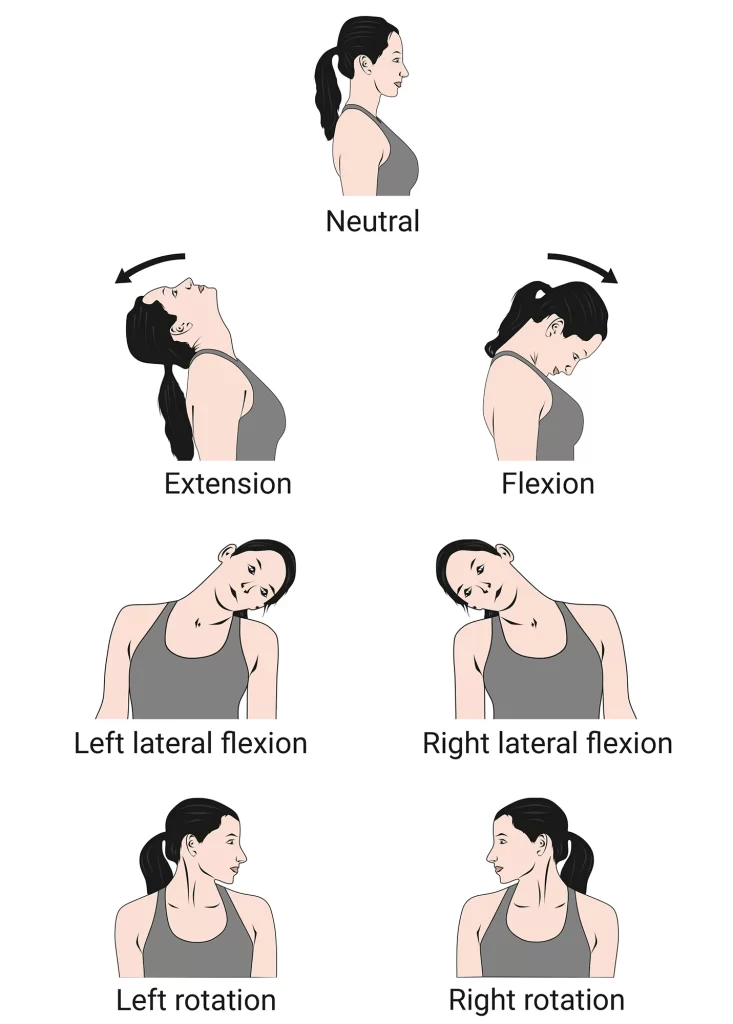
Mild Exercises the patient can do:
- Ache is increased if the joints or junctions are not often moved. This is the reason that the ache and stiffness are elevated in the morning as the joints or junctions are moved very less during the night.
- In the morning, move all your joints or junctions gently at least twice.
- Avoid carrying heavy weights.
- Do not do heavy exercises at home.
Cold Packs
Cover a cold ice pack in a cloth/towel and put it on the inflamed areas. This will give some pain relief.
In exchange, you can use hot packs as well.
Use oils or creams: You may feel dryness, scaling, or an itchy rash. These do not require treatment, but you can manage the itching and rebuild your skin’s natural appearance and moisture. Use moisturizing creams, mineral oils, or calamine lotion.
Panchkarma Therapy
Panchkarma is an Ayurvedic Detoxification Therapy and is very beneficial in controlling Chikungunya Arthritis. It involves massage through particular medicated oils. It gives a fast improvement in joint or junction pains.
Prognosis of Chikungunya
- Most people recover fully from the infection, but in numerous cases, joint or junction aches may last for several months or even years.
- According to the CDC, some people will have a regression of rheumatologic symptoms like polyarthritis, polyarthralgia, tenosynovitis, or Raynaud’s syndrome in the months after acute disease. Studies have shown that anywhere from 5 to 80 percent of people may feel persistent joint or junction pain, as well as prolonged tiredness, for months or years after their sickness.
- Once patients are recovered, they are possibly to be resistant to future infections.
- Extreme cases and deaths from chikungunya are very rare and are almost always related to another current health issue. Patients at risk for more severe disorders involve newborn infants infected around the time of born, grown-ups over the age of 65, and patients with medical issues like high blood pressure BP, diabetes, or heart disorder.
Prevention of Chikungunya
There is no vaccine or preventive medicine for chikungunya, so the good path to avoid infection is to avoid mosquito bites. But there are possible vaccines being considered in clinical testing.
Basic precautions should be taken by patients touring high-risk areas, involving:
- Wearing long pants, long sleeves, and other clothing that minimizes skin discloser
- Utilizing insect repellents on skin or dress
- Creating sure indoor spaces have good screens to maintain mosquitoes out
- Using insecticide-treated mosquito traps over your bed if you sleep in the daylight
- Wearing mosquito netting over your face and neck, in extra to using gloves or repellents, if you spend a lot of time outdoors in a location with mosquitoes
- Avoiding touring locations experiencing a chikungunya attack
- Using mosquito rings and insecticide vaporizers during the daylight
Decreasing the number of areas where mosquitos produce around your home can cut down the population greatly. A few simple actions involve:
- Draining water from containers, like the saucers under vases, buckets, potted plants, and rain drains
- Protecting water containers that cannot be drained, like tanks or reservoirs that supply household water
- Obtaining rid of old tires that may be left outdoor
- Maintaining garbage in sealed plastic bags and other sealed containers
- If you have been examining chikungunya, you should take care to control mosquito bites during the first week of your sickness, when the virus can be crossed to a mosquito and then to other people.
Chikungunya vaccine
Nowadays, there is no vaccine or antiviral management, but, locally, the disorder is short-lived and rarely destructive. Drugs focus on decreasing the symptoms instead of the cause. The National Institute of Health (NIH) is presently sponsoring a phase two clinical trial of a chikungunya vaccine. The vaccine consists of so-known virus-such as particles (VLPs) instead of inactivated or weakened viruses.
VLP-based vaccines can aggravate immune responses equally to those produced by naturally acquired immunity following viral infection. Nevertheless, VLPs are not infectious and cannot reproduce. Since whole viruses are not used to create VLP vaccines, they do not require to be trained in high-level biocontainment skills.
Complications of Chikungunya
Complications can involve:
- Uveitis – inflammation of the coating in the eye between the internal retina and the external fibrous layer formed of the sclera and cornea.
- Retinitis – inflammation of the retina.
- Myocarditis – inflammation of the heart muscle.
- Hepatitis – inflammation of the liver.
- Nephritis – inflammation of the kidneys.
- Hemorrhage – bleeding.
- Meningoencephalitis – inflammation of the membranes of the brain and connective cerebral tissue.
- Myelitis – inflammation of the spinal cord.
- Guillain-Barré syndrome – occasional peripheral nervous system problem indicated by muscle weakness.
- Cranial nerve palsies – loss of a role in the cranial nerves.
Food for sufferring people with chikunguniya
Coconut water
Coconut water detoxifies the body, in case one is sorrowing from chikungunya fever. It is stimulating and keeps the hydration levels in the body. One can drink it two to three times daily, as it is healthy and assist to wash out toxins from the body.
Green leafy vegetables
Green leafy vegetables are the healthiest selection to add to any diet. Fulfill with many nutrients, green leafy vegetables assist during chikungunya by preventing symptoms such as joint or junction pain and combating the disorder. They are effortless to digest and are rich in vitamin A and low in calories.
Soup
Home-made fresh vegetable soups are good to have while surviving chikungunya. Carrot soup, which is fulfilled with vitamin A, and tomato soup, which is fulfilled with Vitamin C, is good to have, as they assist in faster recovery from the disorder. Broccolis are also best to have as they include vitamin C. These soups are fulfilled with nutrients, which assist in decreasing the symptoms of chikungunya.
Papaya leaf extract
This is the ram barn for the chikungunya people. Papaya leaf extract is highly suggested since there is a rapid down in the blood platelet count. Papaya leaf remedy is search to be highly effective in enhancing the platelet count within three hours of intaking it.
Herbs
Chewing beneficial herbs such as tulsi leaves can assist in decreasing the fever and building up immunity. Herbal tea made with ajwain, fennel seeds, jaggery, cumin seeds, and lemon assists in decreasing muscular and joint or junction pain.
Foods rich in Vitamin C
Foods fulfilled with vitamin C are suggested for taking during chikungunya, as they assist in boosting immunity. Since in chikungunya, the digestive system is also involved, foods fulfilled with vitamin C such as kiwis, oranges, and guava can easily be digested.
Giloy juice
Giloy juice is quite beneficial when it arrives to dealing with chikungunya. It can be taken twice a day by adding a few drops to a glass of water. Remember not to overtake it. You can also cook the giloy branches in water to remove their juice.
Barley
Barley (sattu) should be made a part of your diet if you are surviving chikungunya. It assists in detoxifying the liver.
Fruits
Fruits such as bananas, Mausami, apples, papaya, pear, etc. are best to have when you are surviving from chikungunya. They are fulfilled with several nutrients and assist in controlling the symptoms.
Porridge
Porridge is light and healthy for patients. It will assist the patient in faster normal from chikungunya. That’s because it gives a feeling of fullness, and is fulfilled with a lot of nutrients.
Food must avoid
- No sweets please: Though it is fine to intake a little sugar, to alter the taste of your mouth during high chikungunya fever, do not overconsume sweets, as they may act as an obstacle in the immunity-strengthening process.
- Avoid oily and spicy food: You can take ghee or coconut oil to your food, but other oils can interrupt the process of recovery from chikungunya. As chikungunya involved the digestive system, it is essential to lower or avoid the intake of unhealthy oils and spices that may make the process of digestion harder.
- No street or junk food: Outside food items increase the stress on the digestive path, particularly since they are filled with spices. This can increase the possibility of stomach infection and may occur to other risks as well. Hence, people should completely avoid outdoor food.
- Stick to vegetarian food: Doctors or physicians suggest chikungunya people avoid non-vegetarian meals, as they tend to increase the stress on the liver. Changing to a vegetarian food selection is a better and healthier selection.
Home remedies
- Apart from drugs to decrease the symptoms, the patient is generally advised to consume plenty of rest, and drink a lot of fluids. In few a cases, home remedies can verify to be very helpful.
- Using garlic paste or clove oil with pepper can assist in decreasing inflammation and joint or junction pain, particularly around the knee joints.
- Carrying a bath in hot water mixed with Epsom salt and neem leaves can also enhance immunity and decrease pain.
- Turmeric, which is fulfilled with curcumin, has a high amount of antioxidants and anti-inflammatory effects.
- Sunflower seeds emerged in honey can be used on the knee joints and joints where it aches so that the symptoms can be decreased.
- Eating carrots in your salads can also be enhancing immunity, which is required by the body to replenish.
- Tulsi and ashwagandha leaves can also assist in decreasing the fever
- Just like in dengue and malaria, taking coconut water is very beneficial as it assists the body to detoxify and recover quickly.
FAQ
Will the patients with Chikungunya fever require hospitalization?
No. Most people can be managed at home and observed by blood tests. Hospital care is needed rarely if joints are engaged or if there is a complication.
Which organ is affected by chikungunya?
In this model, at the early stage of the disorder, the organs pointed for CHIKV double were lymphoid tissues, CNS, joints liver, and muscle, and the persistence of CHIKV could be seen later in the lymphoid organs, joints, liver, and muscle, macrophages being the main reservoir for persistent CHIKV infection.
Where is chikungunya most common?
Chikungunya fever is endemic in Southeast Asia, Africa, the Pacific Region, the Indian subcontinent, and most likely in the (sub) tropical areas of the Americas.
What is the size of the chikungunya virus?
CHIKV virions are spherical, enclosed particles of ~70 nm in diameter. The E1 and E2 glycoproteins form heterodimers and form spikes on the exterior. At the base of the virion is the nucleocapsid (NC) core of ~35 nm in diameter, which is formed of the C protein in complex with the viral genome
What type of fever is chikungunya?
Chikungunya fever is an arthropod-borne alphavirus from the Togaviridae family endemic to Asia that is transferred by Aedes aegypti and Aedes albopictus mosquitoes and has caused serious worldwide attacks with a selection for tropical and sub-tropical climates.

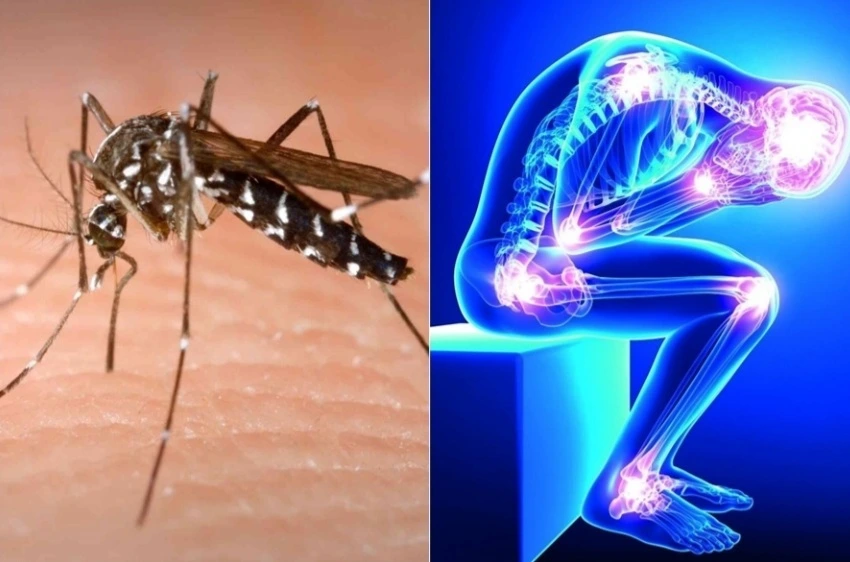
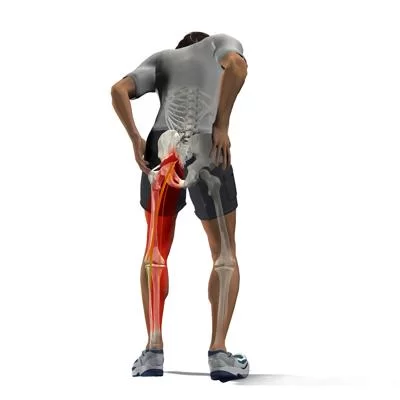
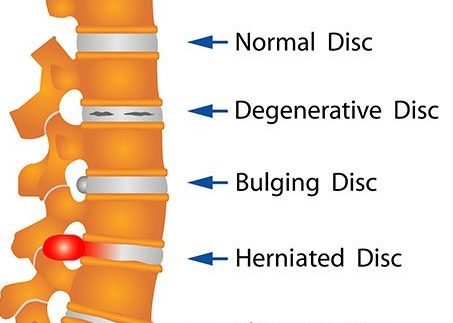
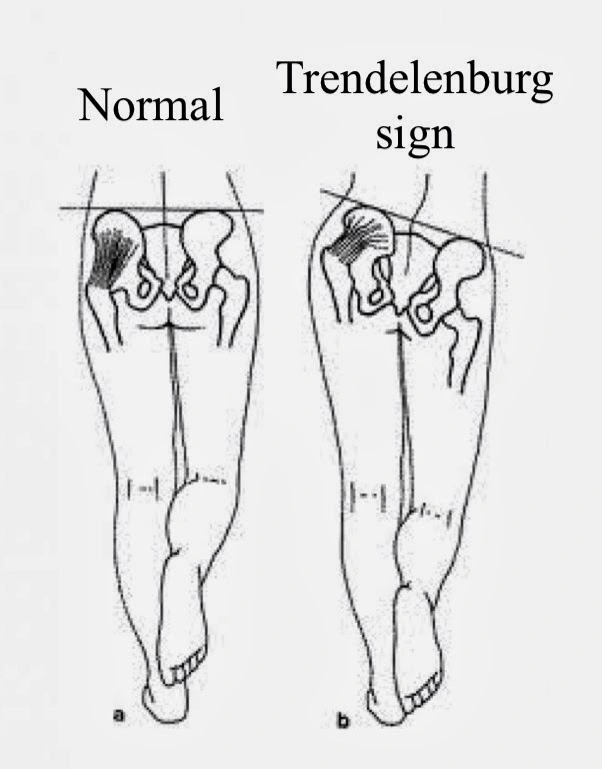
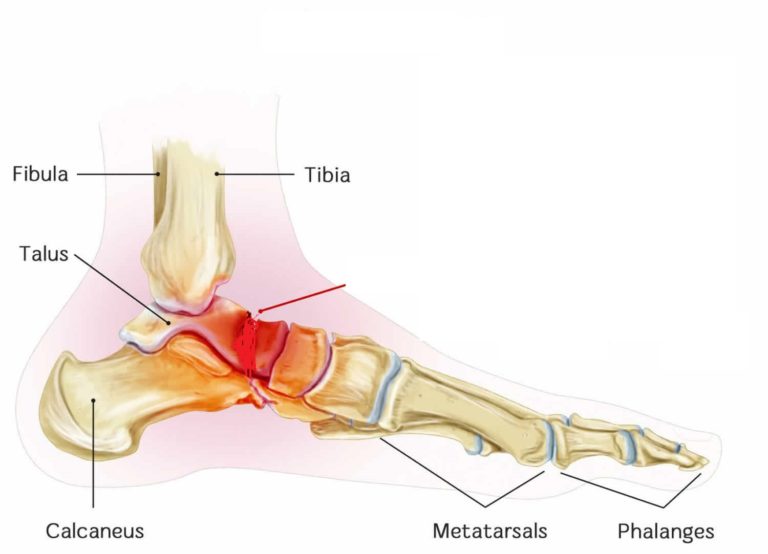
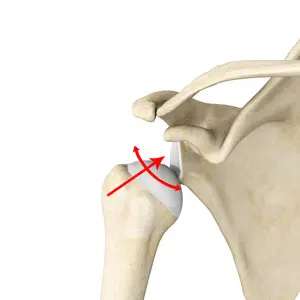
One Comment